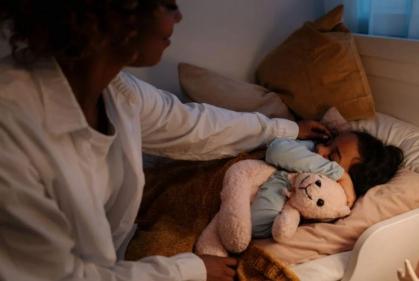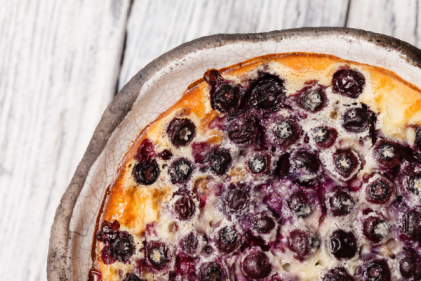Juvenile rheumatoid arthritis (JRA) is an autoimmune disorder that causes pain, stiffness, swelling, and heat in joints.
A child with JRA may feel worse in the morning and start feeling better after moving around for awhile. Lymph nodes can be woollen and a child may have a rash and fever. Occasionally, JRA will affect internal organs as well.
The severity ranges from children who have an occasional bout of joint pain and stiffness, to children who are chronic, with symptoms that never go away. In such a condition, a child’s bone development is traumatized often stunting their growth.
There are three types of JRA:
Pauciarticular JRA is most common and less severe. Typically, a child with pauciarticular JRA will have pain and stiffness in the larger joints of the body. This type of arthritis will sometimes go away as the child matures.
Polyarticular JRA affects more joints. Usually a child with polyarticular JRA will have pain in the large joints, like the knees and shoulders, as well as smaller joints like the fingers and feet. Additionally, polyarticular JRA frequently affects the same joints on both sides of the body.
Systemic JRA is also called Still’s disease. This is the least common of the three types of arthritis in children; however, it is the most serious. A chid with systemic JRA will have the typical joint pain, along with the possibility of high fevers, rashes, inflammation of the liver, spleen and lymph nodes. There is also the possibility that systemic JRA will cause the tissue around the heart (the pericardium) to swell, which could be life threatening.










